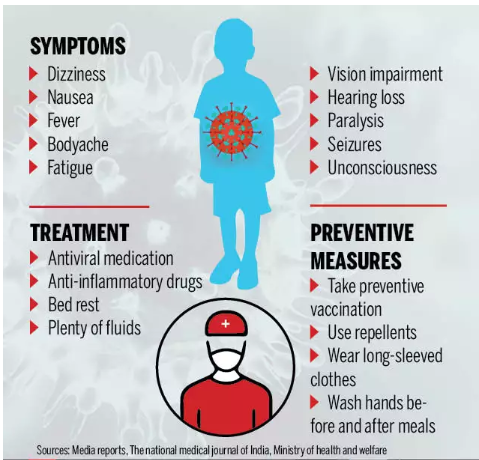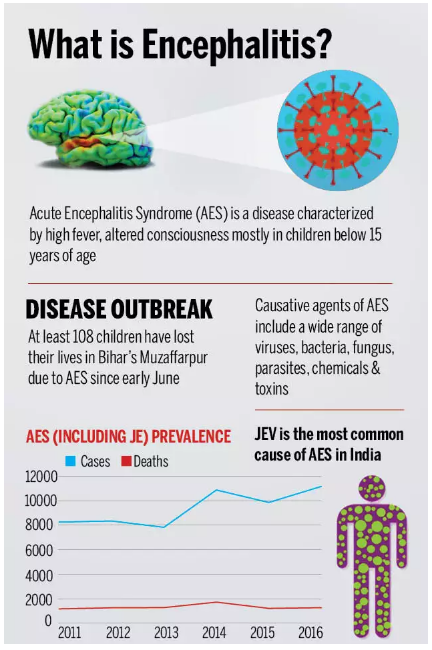7667766266
enquiry@shankarias.in
Why in news?
What is AES?

How prevalent is AES?
What causes AES?

How is hypoglycaemia linked to AES?
What is the litchi connect?
What role does malnutrition play?
What makes Bihar and UP so vulnerable?
What are the measures taken?
Source: Indian Express, The Hindu
Quick Fact
Litchi
Dextrose